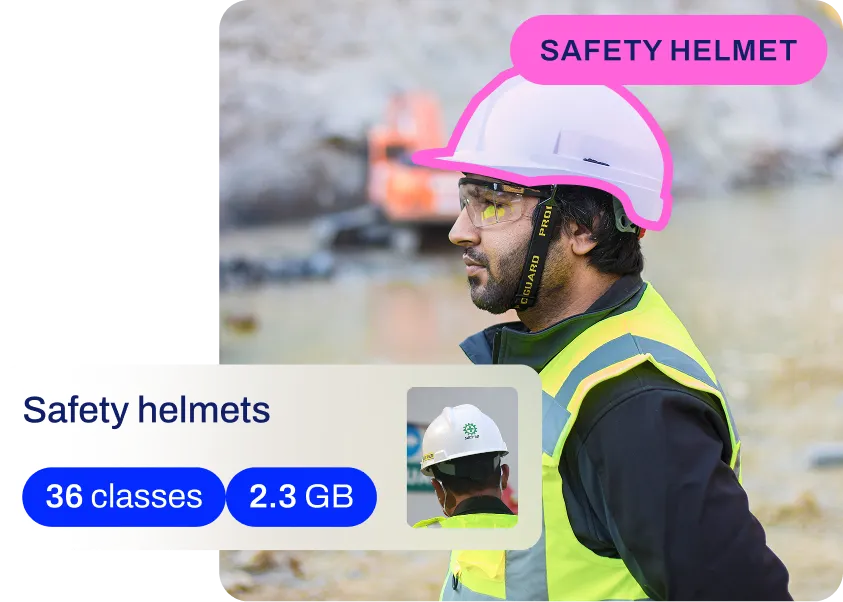Meta Learning
Discover Meta Learning: the AI breakthrough enabling models to learn faster, adapt to new tasks, and excel with minimal data. Explore applications now!
Meta-learning, often described as "learning to learn," is a subfield of
machine learning (ML) designed to create models
that can adapt to new tasks or environments with significantly less data and computational effort than traditional
methods. Unlike standard supervised learning,
where a model is trained to master a single specific dataset, meta-learning trains a model on a distribution of many
different tasks. The goal is to learn a generalizable learning strategy—such as an optimal initialization or an
efficient update rule—that allows the AI to master new, unseen problems using only a few examples, a capability often
referred to as few-shot learning.
This approach addresses one of the primary bottlenecks in modern
deep learning (DL): the reliance on massive,
labeled datasets. By analyzing how learning occurs across diverse scenarios, a meta-learning model "learns the
learning process" itself. This makes it pivotal for developing
artificial general intelligence (AGI)
and highly adaptive systems in robotics and healthcare. Educational resources like
Stanford's CS330 and research from organizations like
DeepMind continue to advance this frontier.
How Meta-Learning Works
The core mechanism of meta-learning typically involves two nested loops of optimization: an inner loop and an outer
loop.
-
Inner Loop (Task Adaptation): The model is presented with a specific task (e.g., classifying a new
breed of dog) and a small amount of
training data (the "support set"). It
performs a few steps of gradient descent to
adapt its model weights to this task.
-
Outer Loop (Meta-Update): The "meta-learner" evaluates how well the inner loop performed
on a separate set of data (the "query set") and updates the original initialization or learning parameters
to ensure the model learns better and faster next time.
One of the most famous algorithms in this space is
Model-Agnostic Meta-Learning (MAML), which optimizes a neural network's
initial parameters so that it can reach peak performance on a new task after just one or a few update steps. This
differs from standard pre-training by explicitly
optimizing for adaptability rather than just feature extraction.
Real-World Applications
Meta-learning is transforming industries where data is scarce, expensive to collect, or subject to frequent change.
-
Few-Shot Image Classification: In
medical image analysis, obtaining
thousands of labeled images for rare diseases is often impossible. Meta-learning allows models to identify
pathologies accurately after seeing only a handful of annotated examples, accelerating diagnosis in data-limited
fields.
-
Adaptive Robotics: Robots often struggle when moved from a simulation to the real world (the
"Sim2Real" gap) or when terrain changes. Meta-learning enables
robotics systems to dynamically adjust their control
policies in real-time, handling hardware failures or environmental shifts without retraining from scratch.
-
Neural Architecture Search (NAS): Instead of manually designing
neural networks (NN), researchers use
meta-learning to automate the discovery of optimal architectures. This technique, often called
AutoML, drastically reduces the
time required to engineer high-performance models.
Meta-Learning vs. Transfer Learning
It is crucial to distinguish between these two related concepts, as they both aim to improve data efficiency.
-
Transfer Learning: Involves taking a model pre-trained on a large dataset (like
ImageNet) and fine-tuning it on a smaller target
dataset. It relies on the transfer of learned features (e.g., edge detectors) to the new task.
-
Meta-Learning: Focuses on learning the mechanism of adaptation. While transfer learning
provides a good starting point, meta-learning algorithms like MAML explicitly train the model to be "easy to
fine-tune." However, in practice, modern transfer learning with powerful models like
YOLO11 often achieves results comparable to specialized
meta-learning techniques for many business applications.
Rapid Adaptation with YOLO11
While true meta-learning algorithms are complex to implement, the practical benefit—rapid adaptation to new data—is a
core feature of the Ultralytics ecosystem. By leveraging high-quality pre-trained weights, users can "teach"
a YOLO11 model to detect new objects with very few examples, effectively solving few-shot problems via robust transfer
learning.
The following example demonstrates how to quickly adapt a pre-trained YOLO11 model to a new, small dataset, achieving
the practical goal of learning from limited data:
from ultralytics import YOLO
# Load a pre-trained YOLO11 model (acts as a robust initialization)
model = YOLO("yolo11n.pt")
# Fine-tune on a small dataset (e.g., 'coco8.yaml' has only 4 images)
# This mimics the "inner loop" of rapid adaptation to a new task
results = model.train(data="coco8.yaml", epochs=10, imgsz=640)
# The model has now adapted to the specific classes in the small dataset
print("Rapid adaptation complete. New classes learned.")
Why It Matters
As AI moves toward autonomous systems and
personalized assistants, the ability to learn continuously and efficiently is paramount. Meta-learning brings us
closer to systems that behave less like static code and more like intelligent agents capable of reasoning and
self-improvement. Research in this field is heavily active, with major contributions from labs like
Google Research and OpenAI, pushing the
boundaries of what
artificial intelligence (AI) can achieve
with limited resources.












